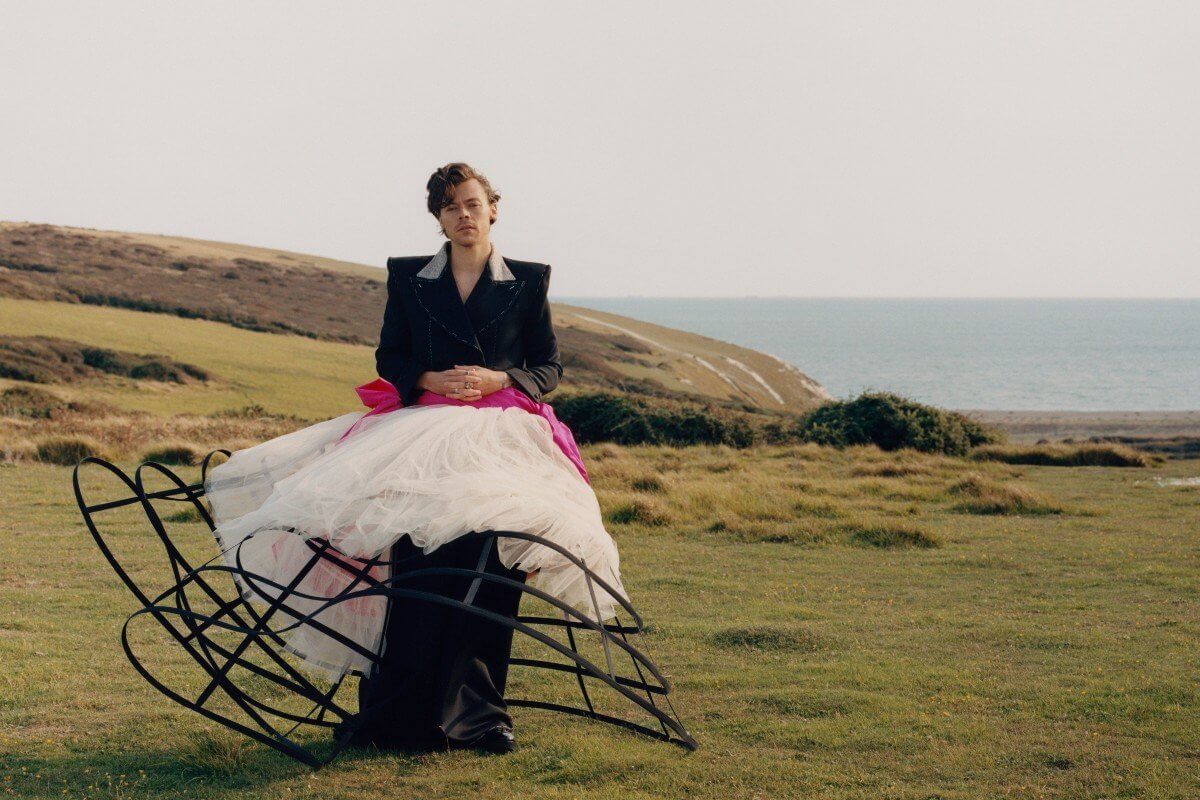Like everything on Earth, fashion evolves with society; such as corsets rarely being worn under large ball gowns, but rather as Vivienne Westwood tops. Gendered fashion has transformed heavily throughout history, often in correlation with economic or political changes, however it is undeniable that Western colonialism played a large role in enforcing gendered fashion in many Eastern countries.
Let’s take Iran as an example. They have been on the receiving end of feminist critique over strict gendered laws, but it was imperialism that enforced this gendered fashion upon Iran. Fashion heteronormativity was mainly present in only Western countries, whereas Iran did not have clothes or gender defined in a hyper-categorised way. Iranian dress after 1650 shifted towards tailored garments (previously men and women wore long robes with loose ankle-length trousers), with menswear being more elaborate than womenswear; reflecting male ostentation by their European counterparts.
With the rise of the Empire, and its increasing power, Iran sought an opportunity to try and use trade relationships to help their economic crisis. So, to please the imperialists, in 1936 a forced heterosexuality was imposed on clothing as traditional men’s clothing was banned, with the Shah declaring ‘westerners shouldn’t laugh’. A forced unveiling of women was imposed, humiliating and alienating many Iranian women, causing some to commit suicide.
When we look at the way women have been controlled throughout history, by men and governments, it is interesting to understand that religion has never been the issue, but rather the people influencing these decisions. In the present day now with a forced veiling of Iranian women, Western feminists should learn the full history of Iran’s relationship with the veil, before jumping to defend ‘oppressed women’, and also take a moment to reflect on forced unveiling within their own European countries.
We can also look at the Ottoman empire in relation to colonialism enforcing gendered fashion. During the 16th century, Turkish fashion was centred in functionality, but also opulence as the Empire reached a peak of economic and political power. Both men and women wore loose fitting dress, made from silk, velvet and satin. However, during the 17th century, Western influence began, as seen through the westernisation of military apparel to include dark suits with embroidery and a fez.
During the 18th century, Lady Mary Wortley (wife of the British ambassador to Istanbul) noted the attire of Ottoman women ‘reflected their dignity and rights’, as they had access to the justice system and business partnerships, a right many European women did not have. Moreover, many British women who would travel to the Ottoman Empire wore their traditional Turkish dress as a symbol of freedom and rights. Despite all of this, from 1923, traditional clothing was banned to promote ‘modern’ Western attire.
Turkish women smoking hookah around 1910
The key aspect I find in both situations is the impact the laws have had on women. Gendered fashion predominantly affects women more than it affects men, and throughout history women have been wrongfully controlled through their clothes. I would hope that we can now move into an age where women from all around the world feel free to dress as they please, with no external influence to coerce decisions.
When discussing how fashion has changed throughout history, we should look at the idea of modern fashion, and what has been considered the ‘future’ during each time period. I believe that the concept of ‘modern fashion’ is an Orientalist idea because all fashion today is ‘modern’ as we are all living in the same time period. So asserting that Western fashion holds more value and evolution than Eastern fashion is a colonial mindset, and what caused all of these strict rules in the past, be it forced unveilings, or a ban on traditional clothes.
Written by Imaan Asim







